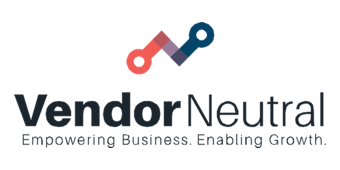
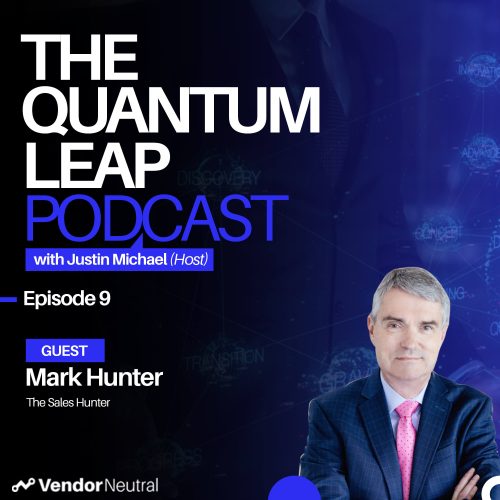

The New Selling From Home and How to Connect With Enterprise Buyers
Episode 9 -
Mark Hunter
The Sales Hunter
Read Full Transcript
How-to Connect With Enterprise Buyers When Selling From Home
On this episode of the Quantum Leap Podcast, our host Justin Michael speaks with Mark Hunter, The Sales Hunter. They discuss the new selling from home environment, mindset, and the keys to building relationships with your enterprise buyers. How transparency and authenticity are important to building trust and using Three-level deep questioning to connect with your buyers. Mark shares details about embracing the nine-pane strategy with your enterprise customers, ideas for training remote sales teams, and tips for creating lifelong customers.
Justin Michael Welcome back to Quantum Leap, I’m Justin Michael, Vendor Neutral’s futurist and your host, doing my best William Shatner impression on the Neutral Zone for Vendor Neutral. Today on the show, we have none other than Mark Hunter, the Sales Hunter, someone I’ve been following for years. I used to be a VP of Sales and RVP, and my job was to figure out how to crack into the enterprise. And so I needed to speak CMO or CRO or CCO. So, Mark, welcome to the show, and let’s kick it off. What are your thoughts on that statement?
Mark Hunter Well, let’s do it because there’s a lot of business to be had out there despite the fact that we’re in the middle of a pandemic. I don’t care. There’s business happening and there’s a lot more happening than we realize than we give credit to.
Justin Michael That’s really the case, so I’m also seeing in your background a mind for sales, I think there’s a certain mindset, right? You were one of the first people to come out and say, you know, let’s not stop, stop fighting, let’s keep selling. It’s going to be OK. Let’s go sell. I feel like I picked that up from you right as this whole thing was unleashing. How can people keep an optimistic mindset when, like, no one’s answering their email or suddenly, you know, half your target list is going out of business?
Mark Hunter Yeah, well, here’s what it comes down to, it really is right now more than ever, it is the mindset that you have that is going to determine the outcome that you get. No ifs, ands, or buts about it. What I tell people is really two things. First of all, you’re not selling anything. Nobody is selling anything because nobody really is buying anything. What they want is they want solutions. They want solutions. They want outcomes. That’s what you’re providing. And when I tell people who are in a funk, this man, I just don’t get them. What I want you to do is I want you to take a piece of paper. You write down all your customers on one side, on the left hand side, on the right hand side, you write down all the outcomes, what are? Not what you sold them, the outcomes that how did what you sell them, how did that benefit them? How did that get them to the next level? How did that how did that happen? That’s what you want. And when you look at that list, you can go, you know what? What’s changed? Nothing. Nothing has changed now, OK? In the middle of the pandemic, there are some industries that are struggling. I totally get that. But there’s a lot of other industries that are absolutely blossoming. It’s incredible. And what I want to do is I want to take those outcomes, those solutions. And I go, who else could they apply to? Who else? What are other organizations, other verticals, other channels that I might be able to move into? You see, for as many opportunities that came off the table, there is many that came on the table. You just have to go out and find them. They’re not going to come to you. They’re not going to come to you because, again, it’s noisy. It’s busy out there. But what we have the ability to do is we have the ability to go reach them and we can when we come into them and approach them from a targeted approach, because this is the outcome we can help you achieve.
Justin Michael Love that. It reminds me of Craig Eliason, the one sales analysis, but it’s really and what Mike Weinberg says, too, about, you know, let’s get to know some of our good customers and find people that look, smell, and feel like the good customers. You just reminded me of just so many great things. We’re talking a lot about enterprise transformation, digital transformation, and the transformation of sales and something you know a lot about is helping big companies be innovative, disrupt themselves or sell in a more customer-centric fashion. I’d love to hear some tie-ins to your new book, “A Mind for Sales” and how enterprise sellers or sales leaders can deploy some tips. Could be mindset, could be tactics. I’ve read a lot of your books and I’m just a big fan. So yeah. How can enterprises adapt?
Mark Hunter Well, let’s run a little bit all over the place here, because here’s what I’m finding. You know, not only are we in an SFH, selling from home environment, that’s generally what most people are doing right now. They’re selling from home, but people are also going to BFH, buying from home. So this means the dialog, the relationship has changed. We’re also in still a very much of a period of time where dialog and communication just isn’t happening at the normal level. I mean, in a normal situation, you and I probably. Oh, excuse me, I was on an airplane this week. I did actually make a trip this week. But it’s funny. That was like unusual. Normally in a normal situation, I’d be on planes every week. Yeah. You see, what’s interesting is we have all been thrust behind this camera, behind this screen but does it change the need for communication? Does it change the need for relationships? No, but it changes where it comes from. You see, typically in the past, we might have our relationships, our communication from people who we call our friends because we’re going to go hang out with them at the bar tonight. We’re going to catch up with them at the game. But unfortunately, those things just aren’t happening. So what does that mean? That means we have the ability to create communication and relationships through work. Through professional settings, and when I tell salespeople I don’t care what level you’re selling it, but this is real at the enterprise level. Empathy, empathy, now some of you are going to say, whoa, where the heck did that come from? Here’s where I’m coming from. The pressure that people are under right now because now they’re having to make decisions, carry out meetings, carry out in a very dysfunctional manner. Very strange manner. Now, we’re getting better at this every week, I get that, but still. It means people want to crave and have a relationship. And when I tell salespeople right now, if you can demonstrate a little bit of empathy and that’s just understanding the customer’s back story, understanding their back story, you know, it’s very interesting. But the first couple of weeks we were all concerned about, oh, we’ve got to make sure that the dog is quiet, got to make sure that the kids are quiet, got to make sure. Now it’s funny, but I have sales calls now and I hear a dog barking in the background, and my first comment’s, Hey, what kind of dog is that? What kind of dog is that? Yeah, what’s your dog’s name, you know, or you hear a kid, you hear a kid screaming, or you hear a kid crying, hey, that’s great. How many kids have you got? What’s it like? You see, what I want to do is I want to come into your environment, not stalking, not threatening, but come along side you. And when I see salespeople do this, it’s amazing how they create a connection, a dialog, suddenly a person goes, oh, OK, this is a good conversation. And what do they do? They open up more. You see, transparency is needed more than ever right now. And along with transparency comes authenticity. Don’t fake it, don’t fake it, there’s so much of that in the world already, so if I can come at you with transparency and authenticity, I have the ability to create confidence and trust. Boom. Now I’m on my way to having a relationship with you, where you’re going to be able to share with me what are the real critical needs that you have?
Justin Michael That’s so profound. I think I was in northern Idaho and I was with a customer who had purchased from me at several different ad tech companies and it was the strangest thing you just said. You know, the reason I want to do the deal is you. It has nothing to do with the company, and I thought of Jeb Blunt people by you and I thought of your work with relationship building. I think people got, they got a little far off the field because they heard in Challenger sales that you’re not allowed to do the relationship anymore. But I think there was a whole generation of sellers might think that you got to skip that. I think you’ve got to build a relationship and bring insight, but you can’t throw one out with the other. I mean, how do we manage this nuance where we want to challenge and reframe, but we also, right? It’s almost like a paradox. I think people are struggling with how to well, deal with that.
Mark Hunter And I don’t want to see it being a paradox. When I have a relationship with you, I can challenge you more. Because I can challenge you more and your responses will be more authentic versus defensive. Yeah, and that’s key. That is absolutely key because my whole objective is let’s not kid ourselves. Anybody who sells anything, there’s somebody else out there who is selling the same thing. I don’t care who it is. The distinguishing difference is you. Just as you said, customers who bought from you because of you and you see what this means is that if I can create this level, this level of transparency and authenticity, I create a level of confidence and trust. Now, when you trust somebody, you’re willing to share more information. And see, this is a key piece that we have to take and we have to do three level deep questioning, three level deep. What does this mean? Means I ask you a question. You share with me an answer, and I come right back. I ask you a question that builds on what you just shared with me. Then you share and then I do. I repeat the process. I repeat this process three times. Now, this isn’t an inquisition. No, it’s because I’m inquisitive. I’m inquisitive, I want to know, and because there’s this level of trust and confidence. You value where I’m going with the questioning and you also value with the comments that you’re sharing, what happens is you actually share with me more information. And you know what’s interesting? We actually speed the sale. So many people say, well, gee, if I take time to create the relationship, I’m going to slow down the selling process. I go, no, no, no, no. You actually speed it up. And you create a higher level of profitability for you and the customer because you’ll get a higher profit and the customer will see more value because of the trust that the customer receives because of what you share with him and how you help them.
Justin Michael So eloquent, you know, I just love listening to you speak because you’re such a great delivery and you’ve built such an amazing brand. You’re in the top three on all of LinkedIn for B2B as far as follower counts. Now, I share that.
Mark Hunter Thank you. I was not aware of that.
Justin Michael Yeah. Top three on Earth. It’s the last count. I believe it’s Joe Konrath, you and Tony Hughes. It’s been tough for the Australian authors to track in America. It’s just a funny thing about being across the dateline. But there’s a really beautiful B2B community down in Australia. I hope you’ve been down there. They’re fans of yours.
Mark Hunter I love it. I love the city of Melbourne, although man have they gone through a brutal lockdown. But anyway, yeah, I love Melbourne.
Justin Michael Yeah. So I guess the question is, how did you make that transition? You know, because I’m a firm believer in TQ, which is technology quotient and you have a high TQ. Anyone from any generation can bring that, you’ve been just a content machine and really leveraged LinkedIn like very few can. Do you have any tips? You don’t have to reveal your strategy. I don’t know if it was like 40 VA’s like Gary V or you cracked it early? Like, how did you do it?
Mark Hunter No, it’s really me being me. See, again, it goes back to authenticity. You see what we have to do. One of the things that I think rubs people the wrong way is when they see something emerge and a few months later it’s gone. Six months later it’s gone. A year later it’s gone. And consistency is at the core of everything. You see in this social media, Internet-driven world, your reputation arrives before you do. Now talking about my LinkedIn strategy and my social media strategy. It really has been built out over years and years of me just having a desire to share and communicate with people, because I believe see, here’s the thing. I don’t take what I do as from a view of scarcity, its abundance, the more information I share, the more information I learn, the more ideas I share, the more I learn. It is really about engaging in as many conversations because my objective is I want to be able to learn from everyone, you see, sales, sales is about learning. If really what I want to do is I want to learn every day, every day, I want to be learning something. And I’m continuously amazed when I put a post out and I read it and I, while there’s some comments on it and there’s some other things and that sparks me to the next piece, to the next piece, next piece but the whole thing comes down to it’s being consistent in following through, consistent in delivery and what does that do? That creates this level of transparency, level of authenticity, which in turn creates trust. It’s not, there’s no secret sauce. It’s just doing the work.
Justin Michael Yeah, yeah, I mean, yeah, I know you read a lot because you just reminded me of Stephen Covey because he wrote “Speed to Trust” and “Seven Habits of Effective People”. I mean, your stuff is one of the reasons I think you’re one of the best in the industry is there’s a timelessness to it. You know, it was something I really struggled with when I wrote my book because I was going to write about techstacks, the best part about writing about technologies in three year all that all the tech has merged and gone. And so what I like about your writing is, it’s I feel like you could pick up your book in one hundred years as we’re still doing the same thing. Our brains haven’t changed that much. Who inspires you, though, when you’re thinking about modernizing your sales or improving your sales? Like, I’m always curious where the thought leaders go. And some people say, well, the best books aren’t sales books at all. Could be biographies of Winston Churchill or what have you. But like what inspires you, Mark, when you’re on the road and looking to get ideas?
Mark Hunter Yeah, you know, it’s interesting. What inspires me is watching the leadership of other people, leadership of people in government, in politics, in society, and so forth. And you watch their communication skills, you examine, you learn, you observe. And it’s very interesting. But, you know, you’ve heard me say the line sales is leadership. Leadership is sales. The great salesperson’s, a great leader, the great leader’s, a great salesperson, so I’m always continuously watching how do other people handle things? And you know what’s very interesting so many times the best situations are from people who you least expect. I’ll share with you an example it’s an example, it’s a Southwest Airlines story. Go back about 15, 20, 20 years ago now maybe this was actually before the miracle on the Hudson. This was before the the American West plane landed or the US airplane landed in the Hudson River. And I was getting on a Southwest Airlines flight out of LaGuardia, going to Chicago. So a lot of parallels between this and that US Air flight. And it’s interesting. But as I sat down on my seat, I noticed that there were a couple mechanics dealing with the wings of the plane and no big deal. And the plane loaded and the captain came on. Now, if you’ve ever been on a Southwest Airlines plane, you know, it’s just a single cabin. The captain could have addressed all of us from the flight deck. But, no, he did it from the front of the plane. He said, ladies, I really apologize, but we’re going to be a few minutes delayed here because on our way in, we struck a couple of birds and the mechanics are just checking the wing out to make sure it’s OK. But we’re going to get you to Chicago. It’s Friday afternoon. We’re going to help you make all of your connections on time. Now, if you’ve ever flown out of LaGuardia Airport on a Friday afternoon, you’ll know it’s code for you’re going to miss your connection. You know, you’re gonna miss your connection. Now, what’s very interesting is suddenly in the back of the plane, somebody yelled out, what kind of bird? And the captain, without missing a beat, said dead bird. Now, the place, the plane just roared, I mean, it just roared with laughter. It was absolutely hysterical. It was funny. And the guy said, hey, you know what? We’ll get going. And here’s here’s where it came. Here’s where it came, about 10 minutes later, we taxi out and we taxi out and he comes on and I used to live in New York, so I’ve flown in and out of LaGuardia thousands of times. And he comes on, he says, well, good news is we’re on our way to Chicago, bad news is we’re like number 33 in line. Now, if you’ve ever been number 33 in line, that means you can be there a while, especially at LaGuardia Airport. Always interesting in a normal situation on a Friday afternoon, you would hear ding, ding, ding as everybody’s pushing their button saying, get me off this plane, get me off this plane, get me off this plane. Nobody said a thing. Everybody was cool. Everybody was cool, and if I’m one of the flight attendants, because simply when people are dinging their buttons, flight attendants, they can’t do anything about it. We’re not going back to the gate. You’re on this plane. You’re going to Chicago. You’re going to miss your flight. It’s OK. And people complaining and if I’m one of the flight attendants, I’m going, you know what? I love this captain. I love this captain because we may be number 32 in line, but he diffused the situation with a little bit of eye to eye contact with how he communicated about the delay and a little bit of just humor. He just played a play on the actions you see. What’s interesting is leadership emerges in the moments in time when we least expect it from the people we least expect. This is what I think makes salespeople so valuable because we have the ability to communicate with a customer and create an impact that they never expected. We have the ability to create an experience that they never expected, an outcome they never expected. What does that do? That creates a lifelong customer. That’s what I strive for, that’s what I look for.
Justin Michael Yeah, that’s so we’ll put. Humor is a, it’s a definite weapon, like when I think about writing emails, leaving voicemails, reaching out on LinkedIn. People typically have a pretty good sense of humor. I always get this pushback like, well, but if you use it, there’s a risk. But there’s a lot of tasteful humor that’s just fun and quirky and corny, you know, like little New Yorker cartoons.
Mark Hunter It’s letting your, Sales is H to H human to human and let your personality. Unless you’re the weird aunt or the crazy uncle, let your personality come through. And what I found is it defuses the situation, it helps people to feel more comfortable, more relaxed. And what happens? It’s better dialog. It’s better dialog. It’s amazing what, when people feel comfortable. It is amazing how much more information they’ll share.
Justin Michael Let’s get strategic about enterprise sales leaders in the pandemic, they want to improve their sales results right now. I know this is something that you can help with them with shameless plug. I truly do believe you can. But advice from a strategic level or tactical level right now, some people have said, redo your ICP, make sure you go and your target list isn’t the same and your message isn’t the same but what are some steps, one, two or three or just your advice? Because we have a lot of C levels listening, VPs of Sales, some leaders, the marketing folks trying to give the right content to the sales folks. There’s just this shift. If you don’t make a dramatic change, I mean, I’ll tell people, slow down to speed up. Go get everybody in a room, get a whiteboard, and start rethinking this thing. But we all have to make our numbers and still hit quota. So it’s like you’re flying the plane and then you’re going to start to crawl out of the wings, start redesigning the plane. It’s so hard at the momentum some of these companies, especially in high tech, I mean, you’re moving at two hundred miles an hour and I’m saying slow down. But how would you advise? This is a giant question, but I’m pretty sure you’d be ideal for.
Mark Hunter Yeah, ideally, there’s two things. First of all, hone in on your ICP, your ideal customer profile. That’s without a doubt, but again, I hope we’re past that, but I want companies to embrace and want sales teams to embrace is what I call the nine pane strategy, the nine window pane, you call it the 12 window pane. You can do whatever, but I want you to visualize a window, an old fashioned window that has got a series of window panes and we’ll say it’s nine. OK, so it’s got three across the top and three in the middle and then three panes of glass down below. And what you want to do is you want to look at that enterprise customer as being that nine pane window, your objective is to sit there and say, OK, I want to find nine contacts, nine people that I’m going to assign one to each one of those panes and I’m going to put three people down at a little lower level, three people at probably what I feel is the decision making level, the impact level, and three at what I’ll call one step above the decision maker, probably not the CEO of the company depending what you sell, but just one step above, what I call the aspirational influencer. OK, this is aspirational that we want to have a contact. We want to have a relationship with them, but they’re the influencer because chances are when the decisions made, chances are they may not be critically involved, but they’re probably going to sign off on it. They’re going to have some influence. That’s what I do, is I create this nine box window pane now for a large company, it might be 12 and you can make it whatever you want. But what I want to do is this. I start the bottom on the lower three. Now, I’m not selling. I’m not selling. I’m I’m getting intel. I’m getting intel. And I start this process and I start this process two or three or four weeks. OK, and I may only ultimately create a relationship with one of those three people, totally get it. See that’s why we may have to go 12. We may have to go fifteen people, but then after three or four weeks, then I start in the middle pane and my objective here is to create a relationship. Now I’ve got a little bit of lower level intel that I’m now playing off on this mid level, and then after a few weeks of that, then I start on the top tier. What I’m doing is I’m trying to create relationships and dialog at multiple levels of the organization. Why? Because I hear different messages, I hear different things. Second of all, I’m trying to understand my whole role. My whole role is not to complete one sale. My whole role is to complete one sale that leads to next sale, see so what I want to do is I want to create this network. Now, as I developed this relationship, I’m now taking this nine pane and I’m creating a new nine pane and each one of those panes is a key piece of information that I’m learning, a key piece. And I’ve so now got this one set of nine panes of people, this one set of nine panes that I’m building out. Oh, by the way, I’m doing that for each individual person. So I may have three or four of these. But this is giving me intel that now I’m asking questions off that I’m building off that. What does this do? It allows me to create this road map, to be able to create a meaningful dialog, you see, because if I don’t spread my wings enough at the enterprise level to start with, there may be somebody who shows interest. But it’s going to be purely from a price standpoint and they’re going to push me over to purchasing. You see, oh, by the way, all of the nine people identified nobody, nobody is in purchasing. No, no, no. Enterprise level, I never, when I hear companies say, well, we’re reaching out to the purchasing department. I go, please, people, you’re killing me. Purchasing only buys, they don’t use, they don’t benefit, they don’t create outcomes, you have to go to the department, the person who is going to receive the outcome, the benefit. I know I’ll probably wind up in purchasing, but I want to get to purchasing as late as possible. That’s when the transactions finally, finally going to get done.
Justin Michael I love that metaphor. We only have a few more minutes. I try to keep these concise. Tell me about training. We’re in a renaissance of learning management systems, saw lynda.com become Linkedin Learning. You’ve got the micro-communities. My question is just any advice on how to remotely train sales teams from the Sales Hunter?
Mark Hunter Yeah, here’s two things that if I’m a sales manager, here’s what I want to do. I want to be continuously having a book that my team is reading. OK, and now this may not be active, but it might be that, hey, this is the book we’re going to read this quarter. Maybe it’s this six months. I don’t know what it is. It isn’t like you have to make it the book of the month club, no you just but you and you as the sales leader have to be continually sharing. Hey, here’s what I learned. Hey, here’s a website. Here’s a blog post that was really meaningful. Here’s something and what you want to do is you want to create an environment where your people want to learn twenty-four seven As a sales leader you want to be challenging your people with these two questions. One, what did you learn today? What did you learn? When you’re having your one on one phone calls with them You want to ask, what did you learn today? Now, not about an individual customer, but about the industry, and then you can ask them, how are you going to use that tomorrow? How is it going to help you sell more efficiently tomorrow? You see, what I want to do is I want to get beyond just the training to where it becomes a lifestyle where I’m continuously learning. If you look at a Bill Gates, you look at an Elon Musk, those people are continuously learning. They don’t say, oh, well, today’s my learning day. No, no, no, no, they’re continuous learning. That’s what you want to create for your organization and you have to demonstrate that.
Justin Michael I agree with that. That’s why I continue to read Mark Hunter’s blogs and his books and it doesn’t matter how much I think I’ve mastered sales, I always feel like it’s day one the beginner’s mind. I could talk with you for days of hours. It’s such an honor and pleasure to have you on the Quantum Leap for Vendor Neutral. I want everybody to go buy “A Mind for Sales” by Mark Hunter. Let’s keep our mind set high and get our revenue going. Where can people find you? It’s right on the screen. The Sales Hunter dotcom but anything else to mention as we point people to you here?
Mark Hunter Well, it is The Sales Hunter. Hunter is my real last name. People always ask me, no, that was my real last name. So the sales hunter dotcom is the website but hey, jump out to my YouTube, kind of called the sales hunter. Got that. I’m all over LinkedIn. Yeah, I’m out there is Mark Hunter and what I want to do, what I like doing is I like communicating and dialoging. I’m continuously exchanging. If you want the book best place to go to Amazon or Barnes and Noble or any place books are sold and it is “A Mind for Sales” because now more than ever, you do have to have a mind for sales.
Justin Michael You’re the real deal, Mark, and you’re going to continue to lead the vanguard for sales. We’re very lucky to have you innovating. I spoke to Keith Eades and he recently retired and went into real estate and I’m still twisting his arm to come back out of retirement and do more solution selling. I’m a big fan of all the leaders like you. Have a wonderful day and thanks for being on the podcast.
Mark Hunter Thank you and great selling.
Justin Michael Thank you.
To get started building your optimum sales technology stack, try our Sales Technology Selector. We’ll provide you with a customized report identifying the sales technology solutions that meet your needs. Already know the category of sales technology you need? Use our Certified Sales Technology profiles to find all the details you need to make a decision about which solution is the best sales technology for your organization.
Interested in hearing more Quantum Leap Podcast Episodes?
-
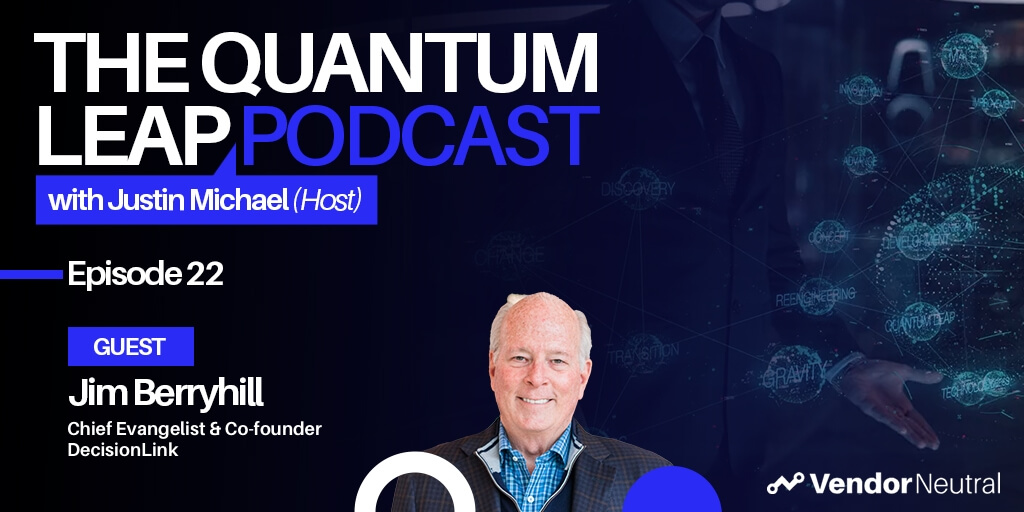 4 Opportunities For Massive Growth In Customer Value Management4 Opportunities For Massive Growth In Customer Value Management
4 Opportunities For Massive Growth In Customer Value Management4 Opportunities For Massive Growth In Customer Value Management -
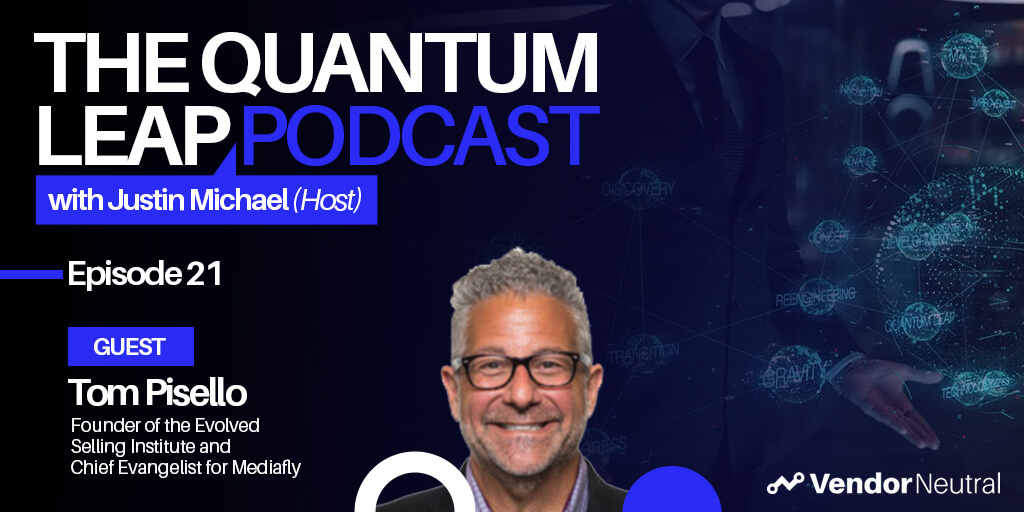 Closing the Customer Engagement Gap | Showing A Clear Case of ROIClosing the Customer Engagement Gap | Showing A Clear Case of ROI
Closing the Customer Engagement Gap | Showing A Clear Case of ROIClosing the Customer Engagement Gap | Showing A Clear Case of ROI -
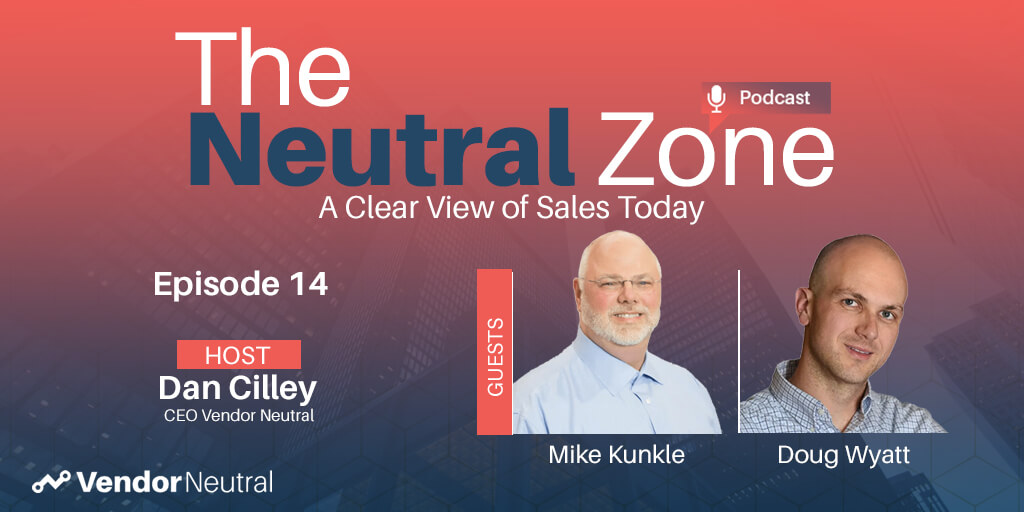 Buyer-Centric Selling | Modern Sales Foundations Virtual Sales TrainingBuyer-Centric Selling | Modern Sales Foundations Virtual Sales Training
Buyer-Centric Selling | Modern Sales Foundations Virtual Sales TrainingBuyer-Centric Selling | Modern Sales Foundations Virtual Sales Training -
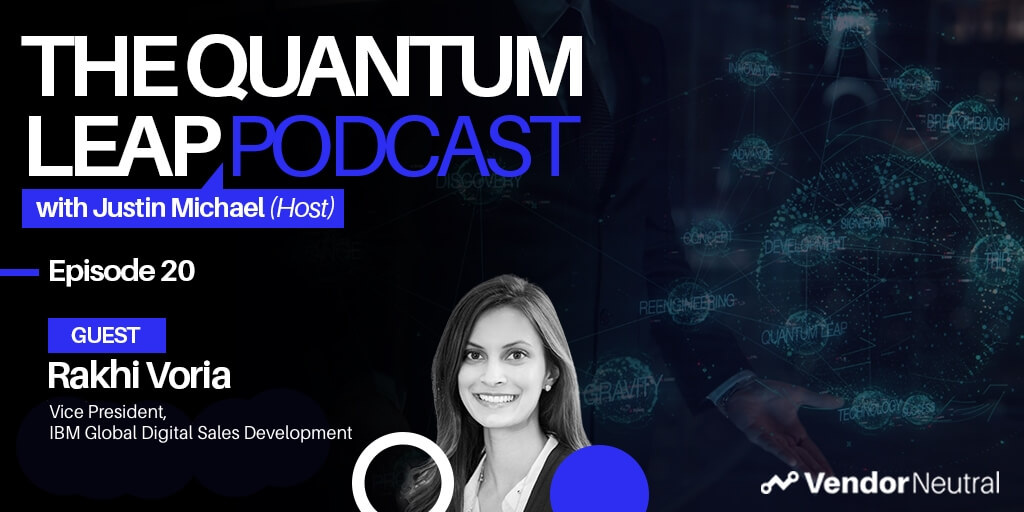 Biggest Trends in Digital TransformationBiggest Trends in Digital Transformation
Biggest Trends in Digital TransformationBiggest Trends in Digital Transformation -
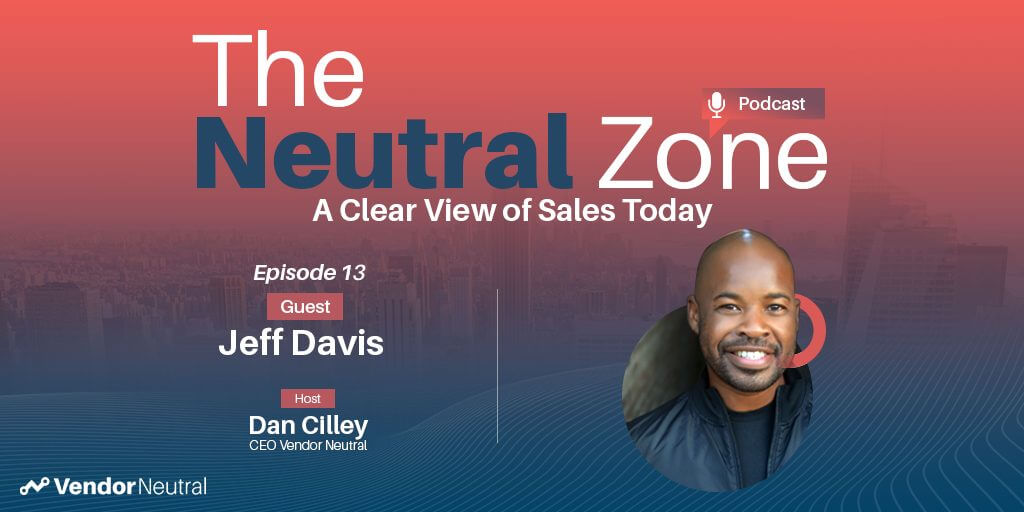 Focus on These 3 Things for Sales Technology AdoptionFocus on These 3 Things for Sales Technology Adoption
Focus on These 3 Things for Sales Technology AdoptionFocus on These 3 Things for Sales Technology Adoption -
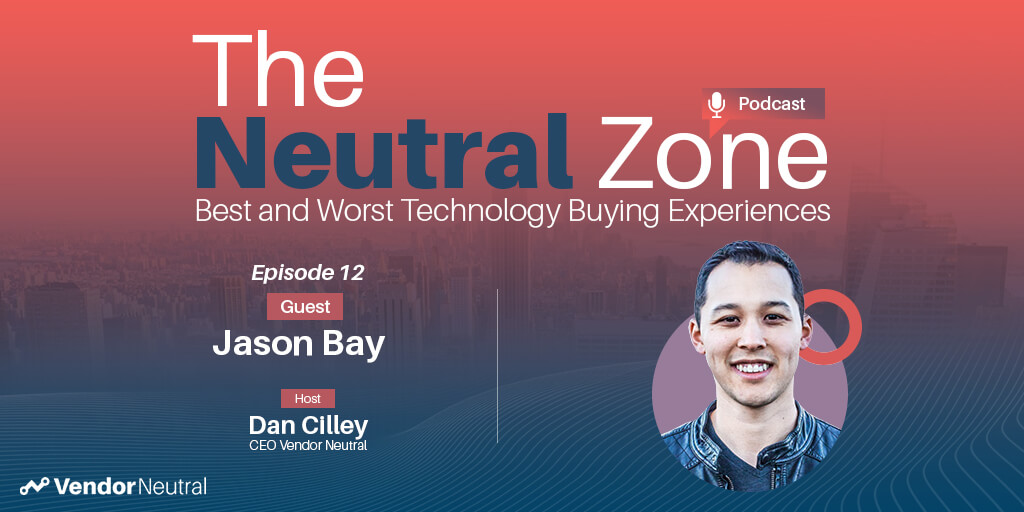 For Sales Technology Buyers A Customer Success Strategy is KeyFor Sales Technology Buyers A Customer Success Strategy is Key
For Sales Technology Buyers A Customer Success Strategy is KeyFor Sales Technology Buyers A Customer Success Strategy is Key -
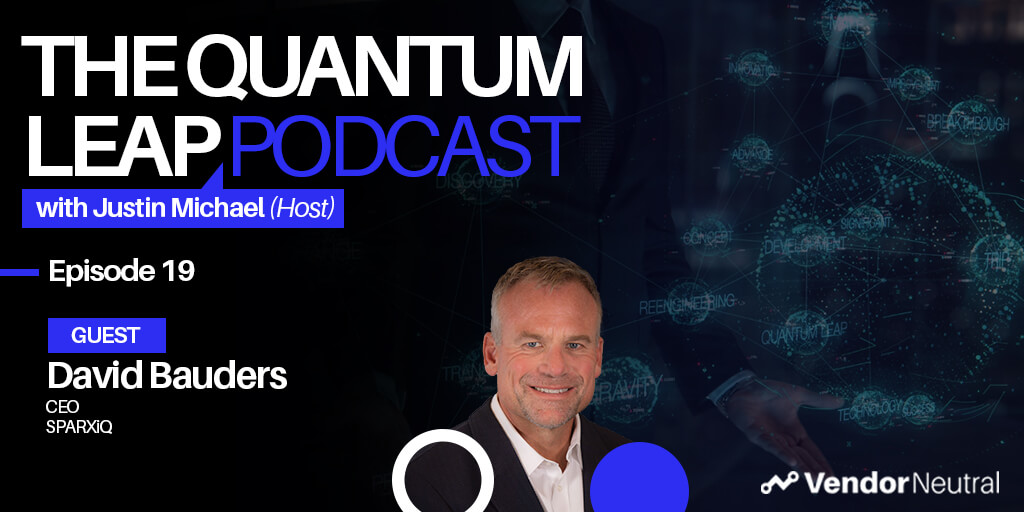 The Future of Sales TrainingThe Future of Sales Training
The Future of Sales TrainingThe Future of Sales Training -
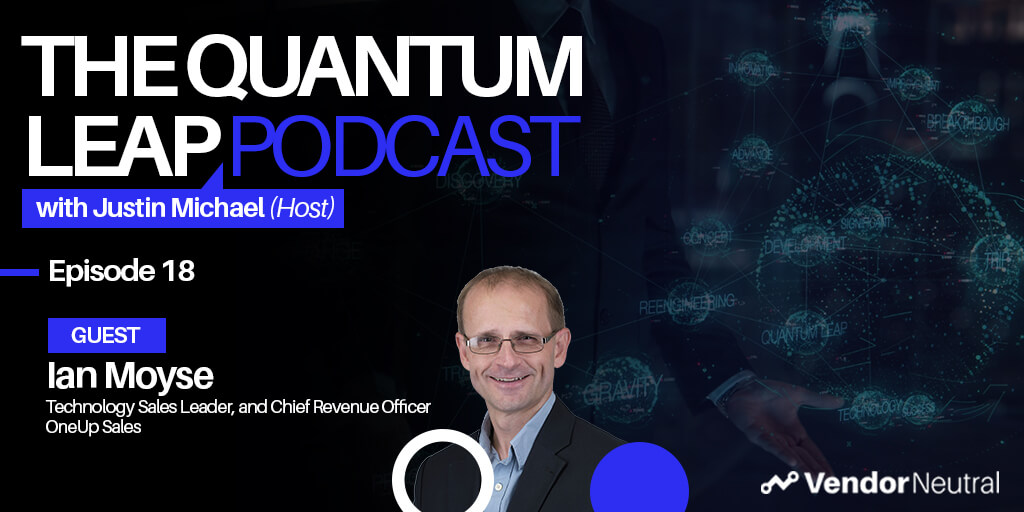 Sales Enablement to Generate Revenue in 2021 and BeyondSales Enablement to Generate Revenue in 2021 and Beyond
Sales Enablement to Generate Revenue in 2021 and BeyondSales Enablement to Generate Revenue in 2021 and Beyond -
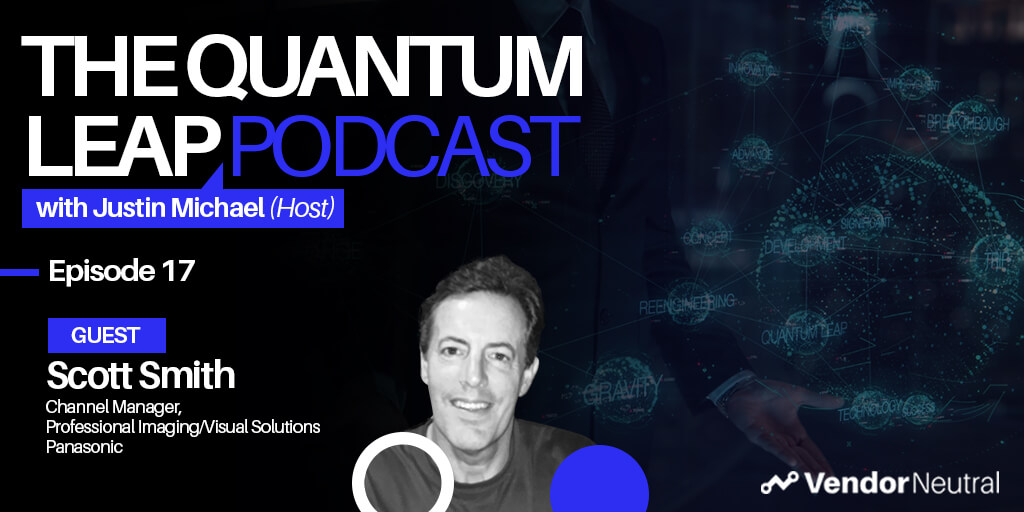 Leveraging Sales Technology in Enterprise Channel Sales | Start by identifying the problems you’re trying to solveLeveraging Sales Technology in Enterprise Channel Sales | Start by identifying the problems you’re trying to solve
Leveraging Sales Technology in Enterprise Channel Sales | Start by identifying the problems you’re trying to solveLeveraging Sales Technology in Enterprise Channel Sales | Start by identifying the problems you’re trying to solve -
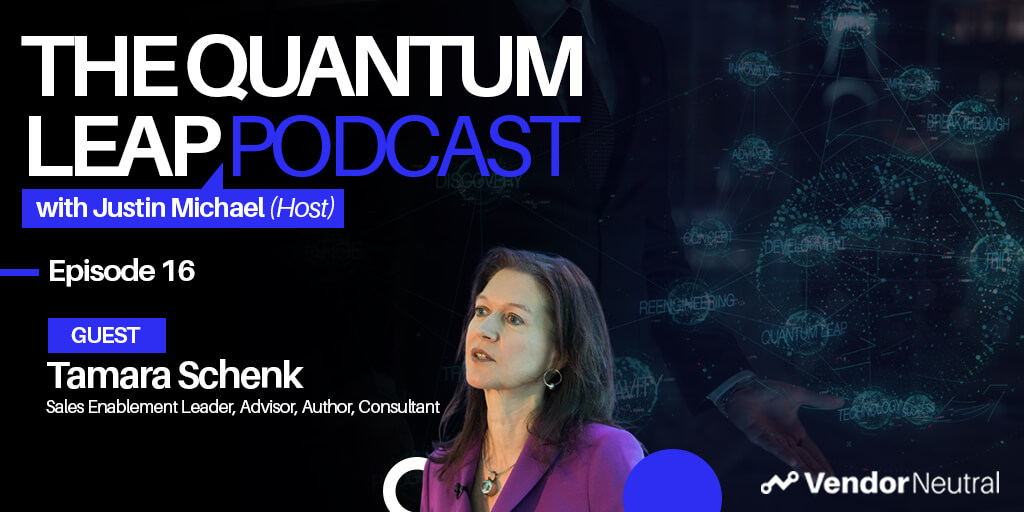 The One Question to Ask Before Sales Technology Implementation to Ensure the Success of Your Enablement InitiativeThe One Question to Ask Before Sales Technology Implementation to Ensure the Success of Your Enablement Initiative
The One Question to Ask Before Sales Technology Implementation to Ensure the Success of Your Enablement InitiativeThe One Question to Ask Before Sales Technology Implementation to Ensure the Success of Your Enablement Initiative -
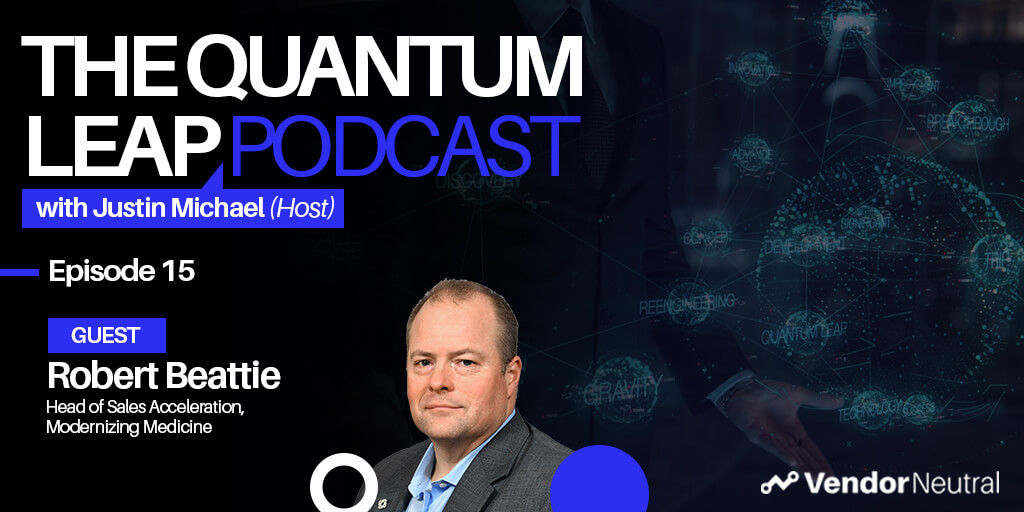 Digitally Enabled Enterprise Sales - Technology & Skills You'll Need in 2025Digitally Enabled Enterprise Sales - Technology & Skills You'll Need in 2025
Digitally Enabled Enterprise Sales - Technology & Skills You'll Need in 2025Digitally Enabled Enterprise Sales - Technology & Skills You'll Need in 2025 -
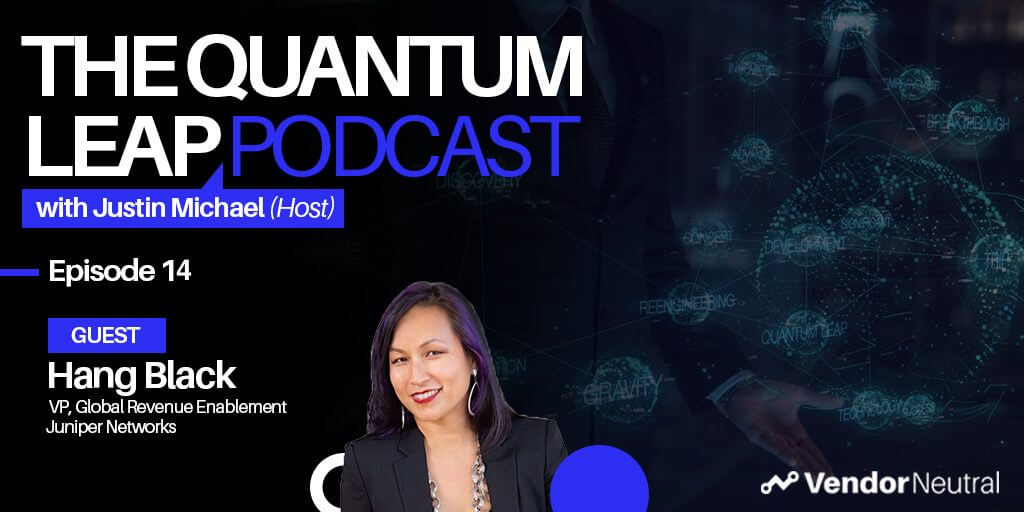 A Look Into The Future of Sales EnablementA Look Into The Future of Sales Enablement
A Look Into The Future of Sales EnablementA Look Into The Future of Sales Enablement -
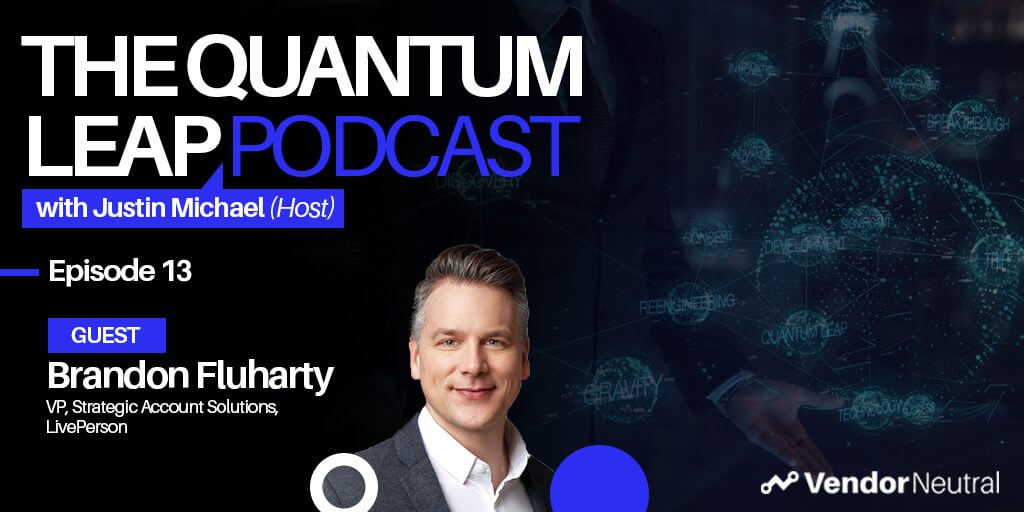 3 Ways Sales Technology will Shape the Future of Strategic Selling & Enterprise Sales3 Ways Sales Technology will Shape the Future of Strategic Selling & Enterprise Sales
3 Ways Sales Technology will Shape the Future of Strategic Selling & Enterprise Sales3 Ways Sales Technology will Shape the Future of Strategic Selling & Enterprise Sales -
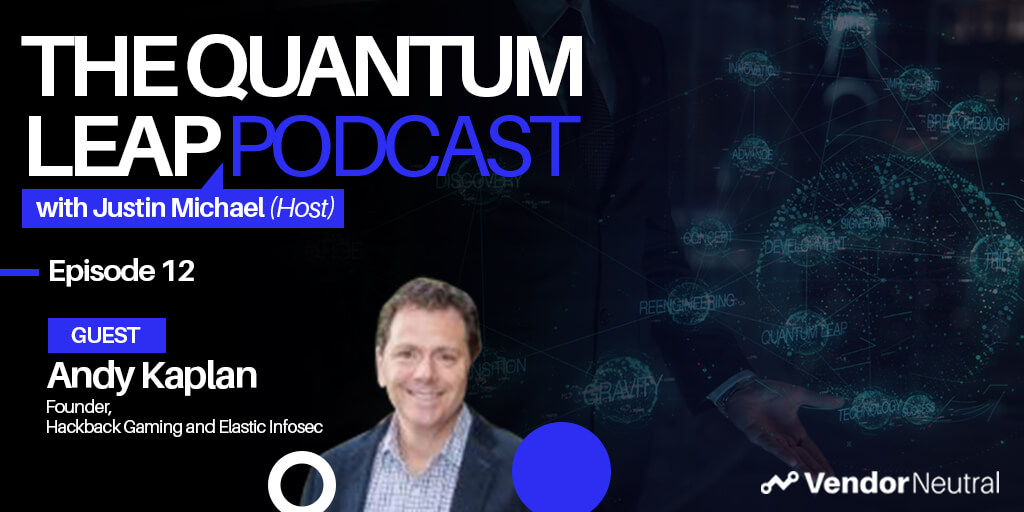 Future of Sales in the EnterpriseFuture of Sales in the Enterprise
Future of Sales in the EnterpriseFuture of Sales in the Enterprise -
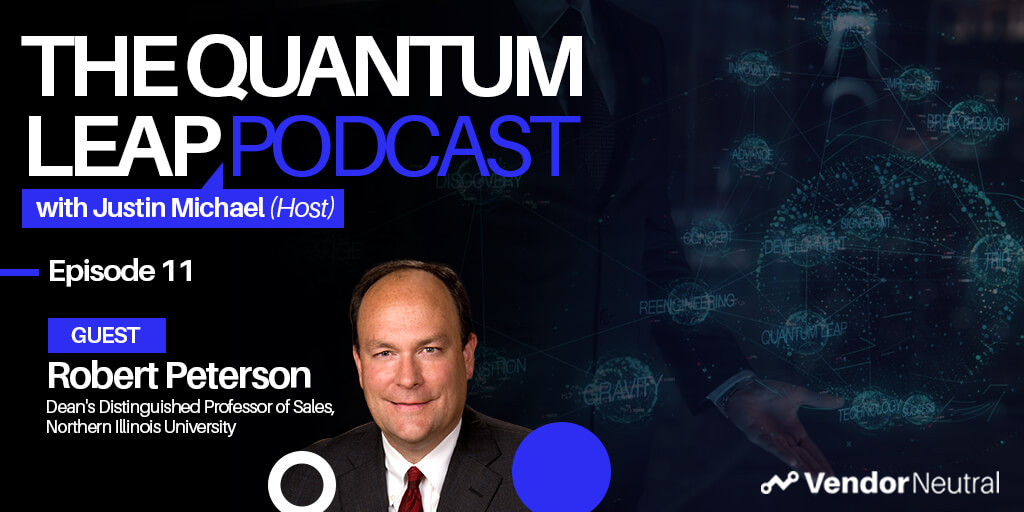 Developing the Revenue Leaders of TomorrowDeveloping the Revenue Leaders of Tomorrow
Developing the Revenue Leaders of TomorrowDeveloping the Revenue Leaders of Tomorrow -
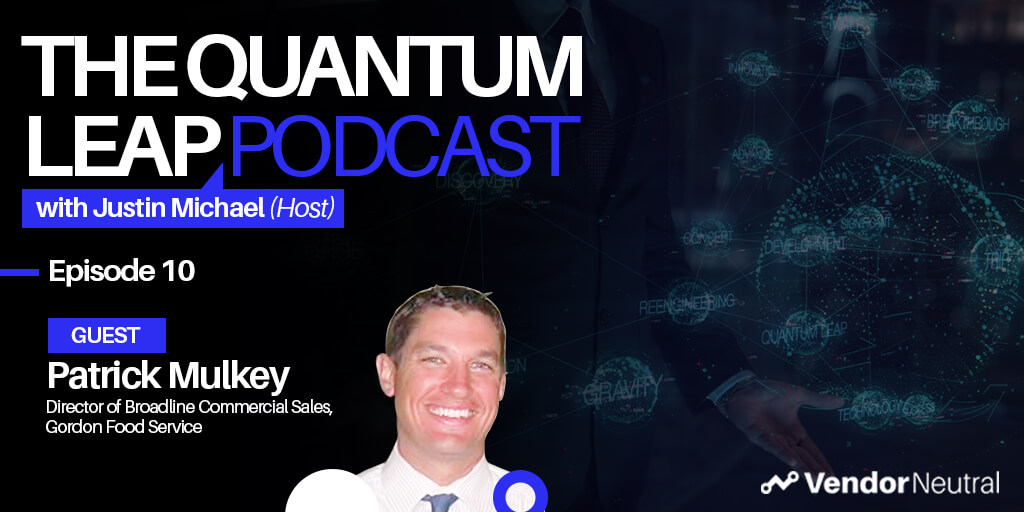 Evaluating and Updating Your Enterprise Sales Technology StackEvaluating and Updating Your Enterprise Sales Technology Stack
Evaluating and Updating Your Enterprise Sales Technology StackEvaluating and Updating Your Enterprise Sales Technology Stack -
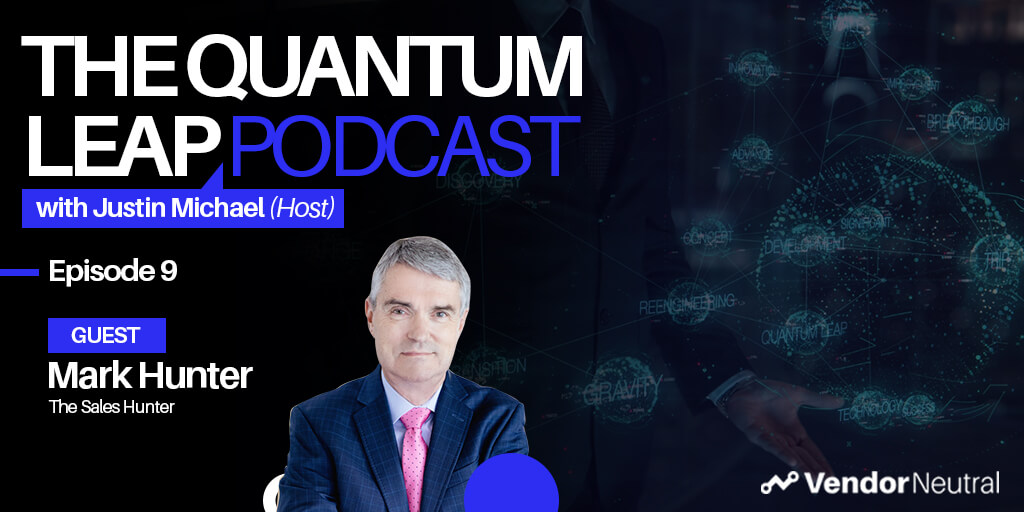 How-to Connect With Enterprise Buyers When Selling From HomeHow-to Connect With Enterprise Buyers When Selling From Home
How-to Connect With Enterprise Buyers When Selling From HomeHow-to Connect With Enterprise Buyers When Selling From Home -
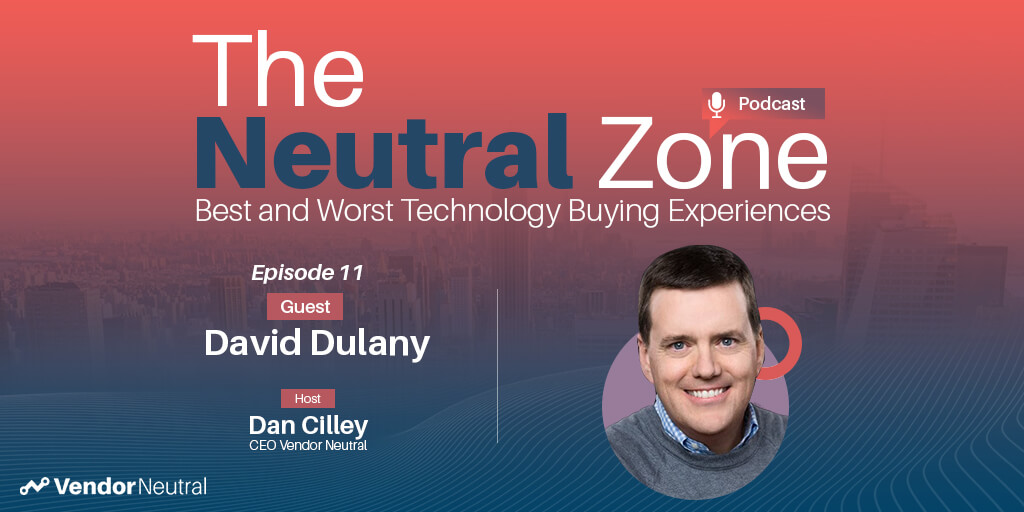 Is the Sales Technology Buying Process Over Engineered?Is the Sales Technology Buying Process Over Engineered?
Is the Sales Technology Buying Process Over Engineered?Is the Sales Technology Buying Process Over Engineered? -
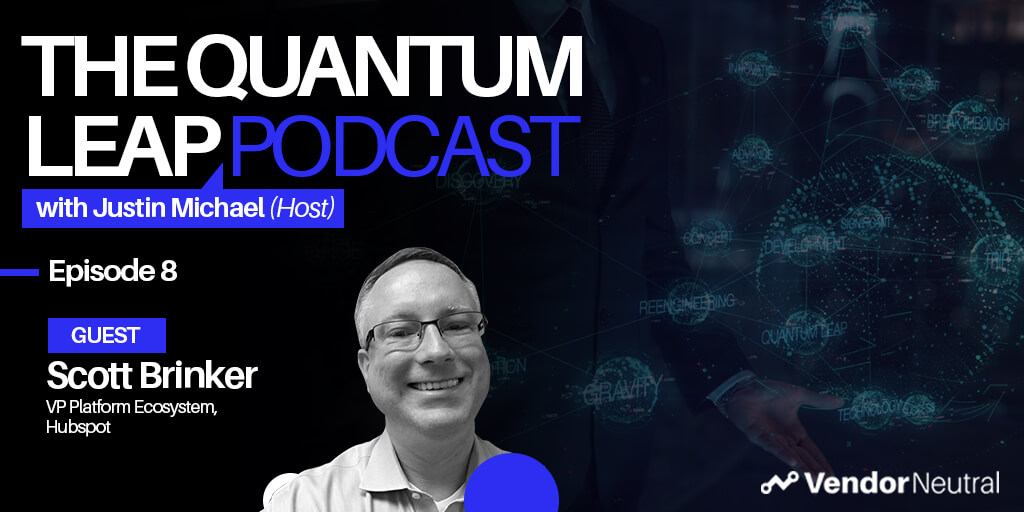 Tangible Ways to Digitally Transform Enterprise OrganizationsTangible Ways to Digitally Transform Enterprise Organizations
Tangible Ways to Digitally Transform Enterprise OrganizationsTangible Ways to Digitally Transform Enterprise Organizations -
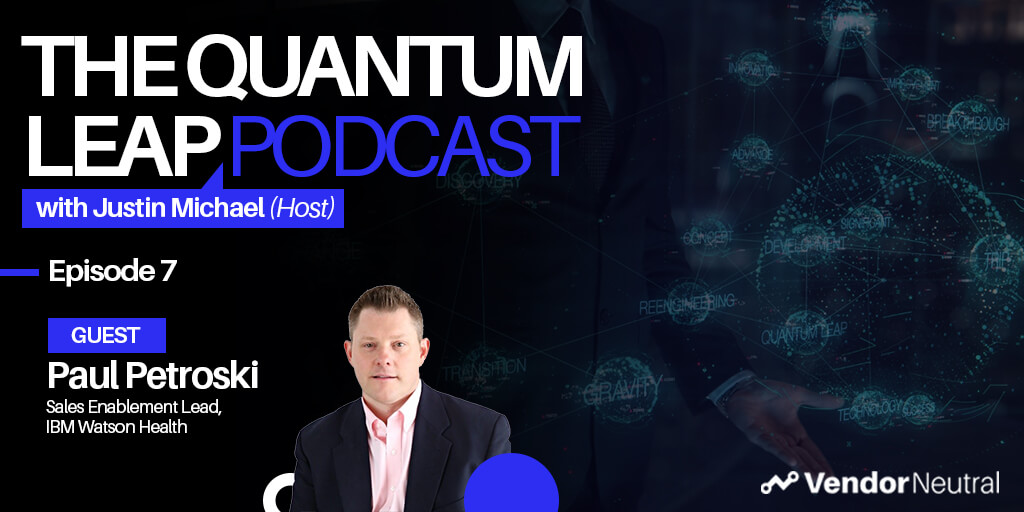 Quantum Leap Podcast Episode 7Quantum Leap Podcast Episode 7
Quantum Leap Podcast Episode 7Quantum Leap Podcast Episode 7 -
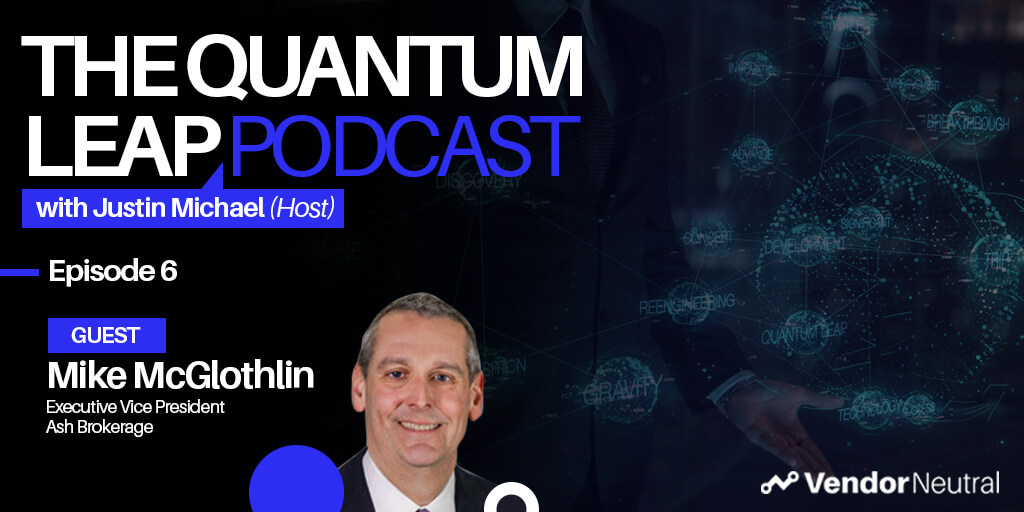 How Sales Technology is Making an Impact in the Financial SpaceHow Sales Technology is Making an Impact in the Financial Space
How Sales Technology is Making an Impact in the Financial SpaceHow Sales Technology is Making an Impact in the Financial Space -
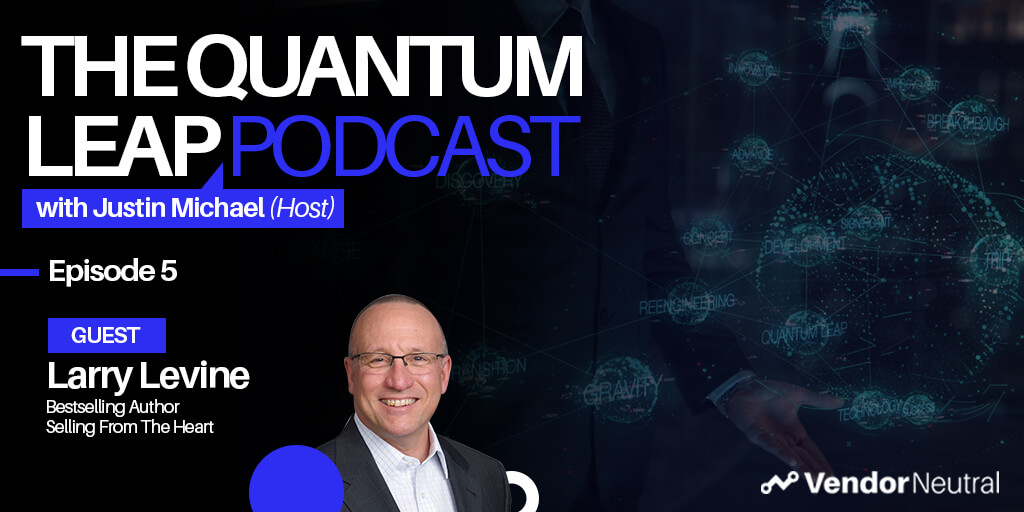 Quantum Leap Podcast Episode 5Quantum Leap Podcast Episode 5
Quantum Leap Podcast Episode 5Quantum Leap Podcast Episode 5 -
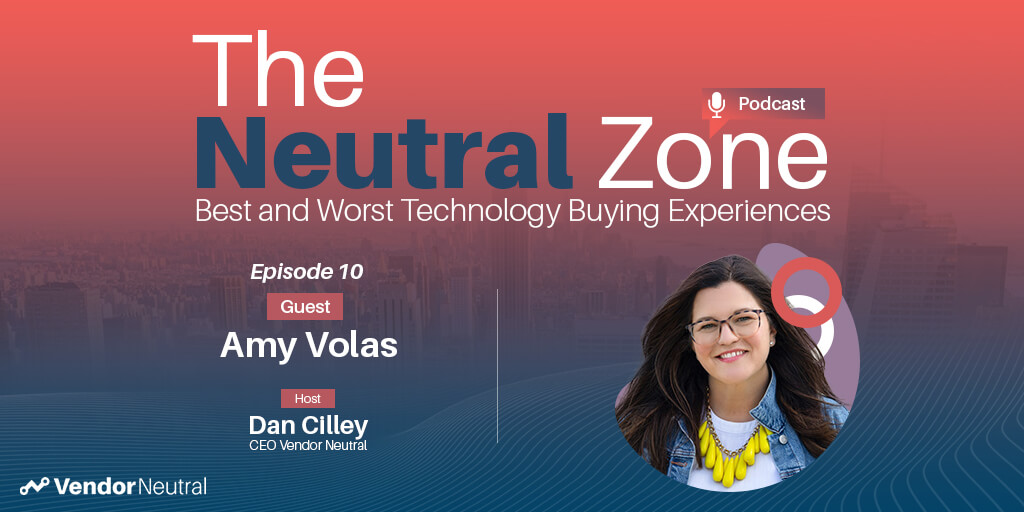 Clear View of Sales Episode 10 with Amy VolasClear View of Sales Episode 10 with Amy Volas
Clear View of Sales Episode 10 with Amy VolasClear View of Sales Episode 10 with Amy Volas -
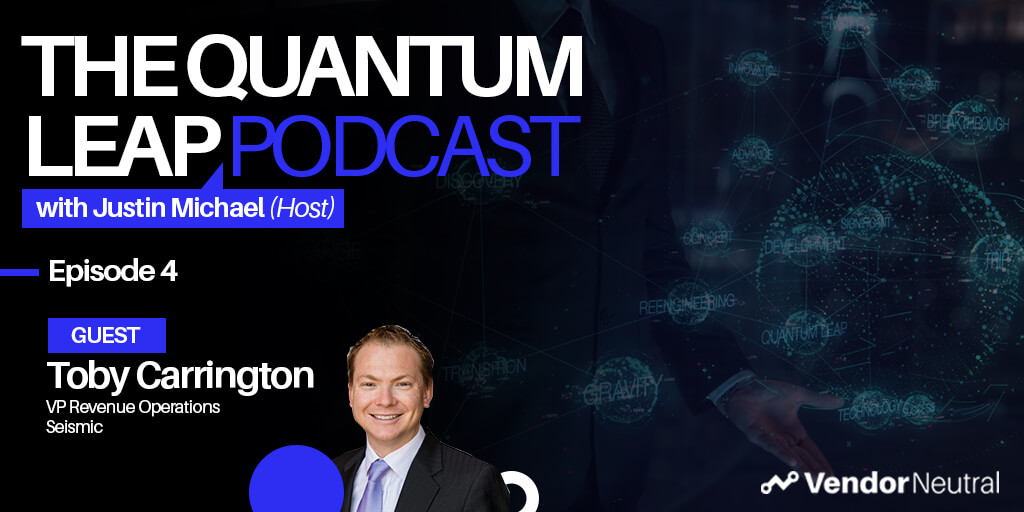 Quantum Leap Podcast Episode 4: Transforming Your Enterprise TechStack, The Future is Bright!Quantum Leap Podcast Episode 4: Transforming Your Enterprise TechStack, The Future is Bright!
Quantum Leap Podcast Episode 4: Transforming Your Enterprise TechStack, The Future is Bright!Quantum Leap Podcast Episode 4: Transforming Your Enterprise TechStack, The Future is Bright! -
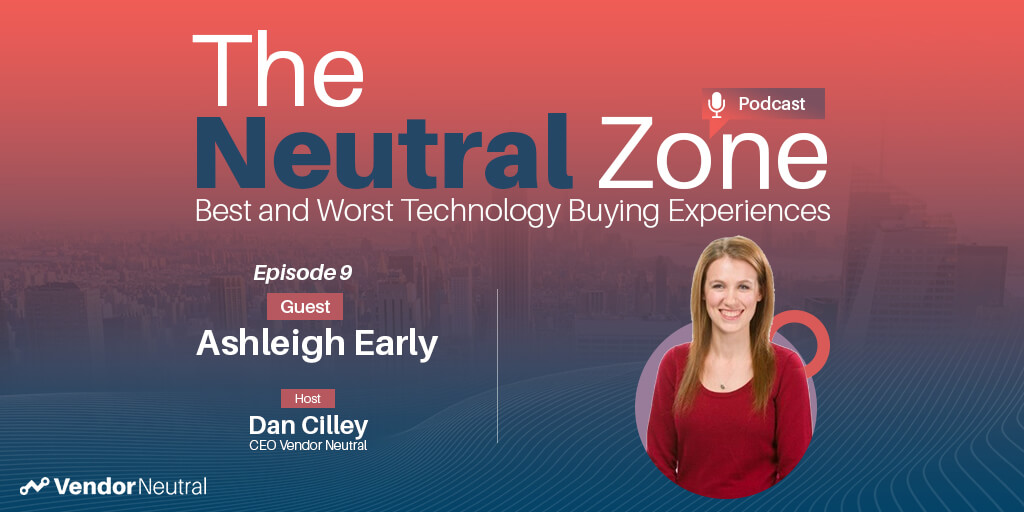 Clear View of Sales with Ashleigh Early:Clear View of Sales with Ashleigh Early:
Clear View of Sales with Ashleigh Early:Clear View of Sales with Ashleigh Early: -
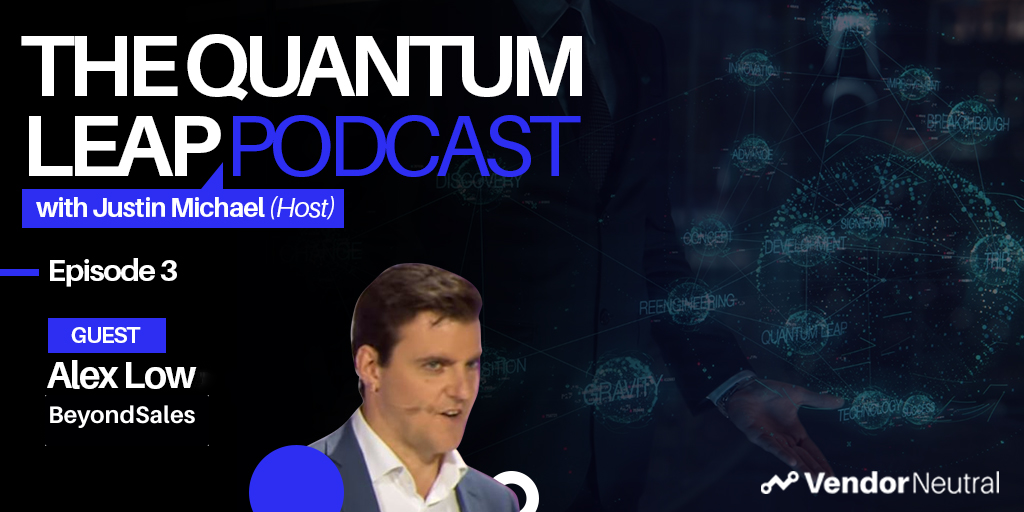 Quantum Leap Episode 3: Unlock the Mystery of Enterprise TransformationQuantum Leap Episode 3: Unlock the Mystery of Enterprise Transformation
Quantum Leap Episode 3: Unlock the Mystery of Enterprise TransformationQuantum Leap Episode 3: Unlock the Mystery of Enterprise Transformation -
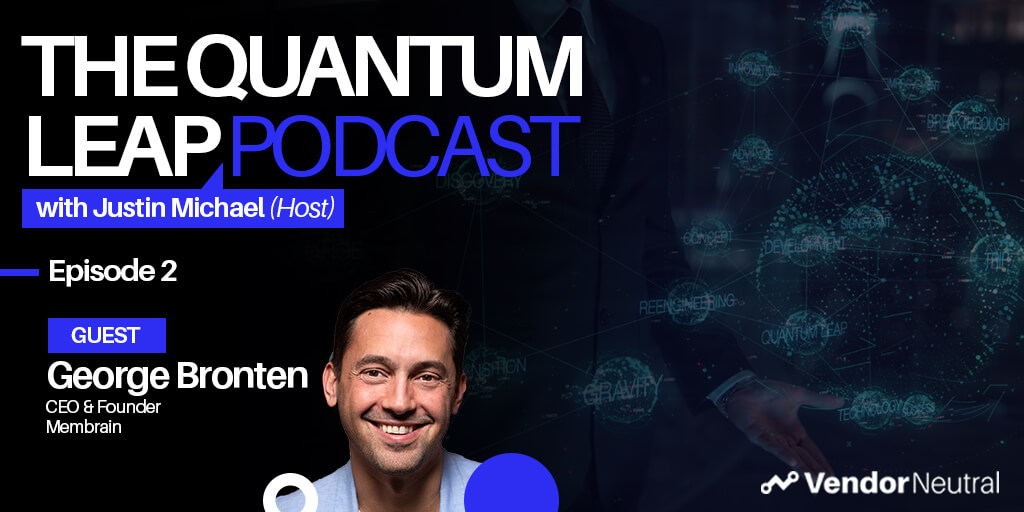 Quantum Leap Podcast Episode 2Quantum Leap Podcast Episode 2
Quantum Leap Podcast Episode 2Quantum Leap Podcast Episode 2 -
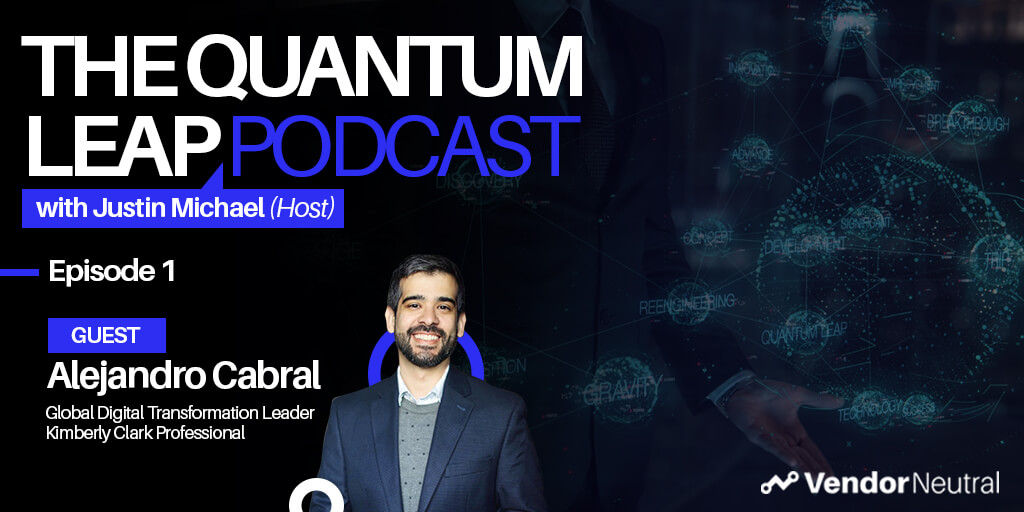 Quantum Leap Podcast Episode 1Quantum Leap Podcast Episode 1
Quantum Leap Podcast Episode 1Quantum Leap Podcast Episode 1 -
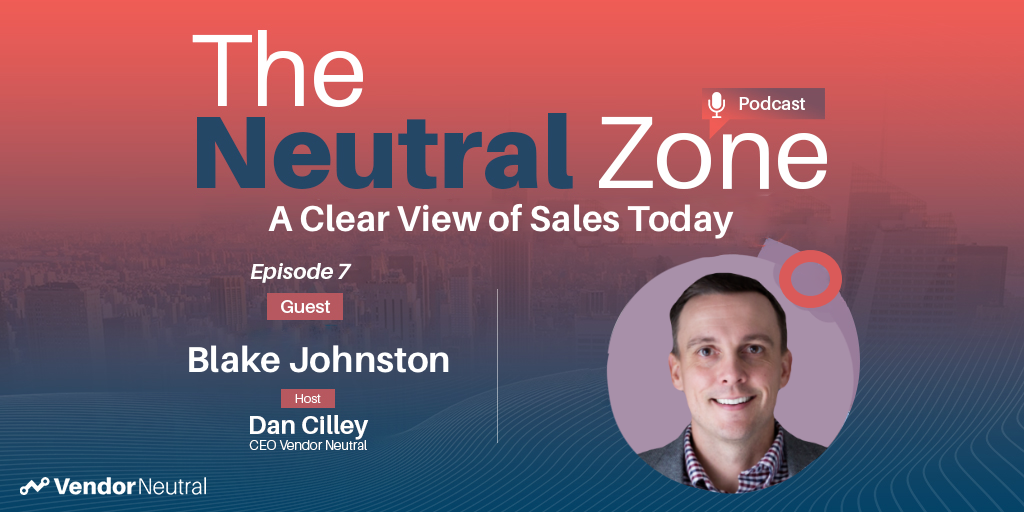 The Best & Worst B2B Technology Buying Experiences With Blake JohnstonThe Best & Worst B2B Technology Buying Experiences With Blake Johnston
The Best & Worst B2B Technology Buying Experiences With Blake JohnstonThe Best & Worst B2B Technology Buying Experiences With Blake Johnston -
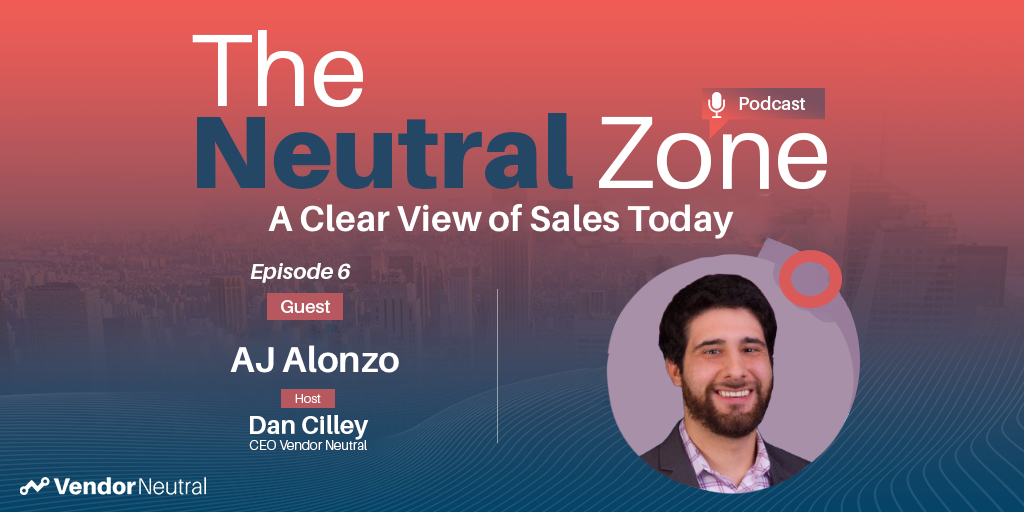 The Best & Worst B2B Technology Buying Experiences With AJ AlonzoThe Best & Worst B2B Technology Buying Experiences With AJ Alonzo
The Best & Worst B2B Technology Buying Experiences With AJ AlonzoThe Best & Worst B2B Technology Buying Experiences With AJ Alonzo -
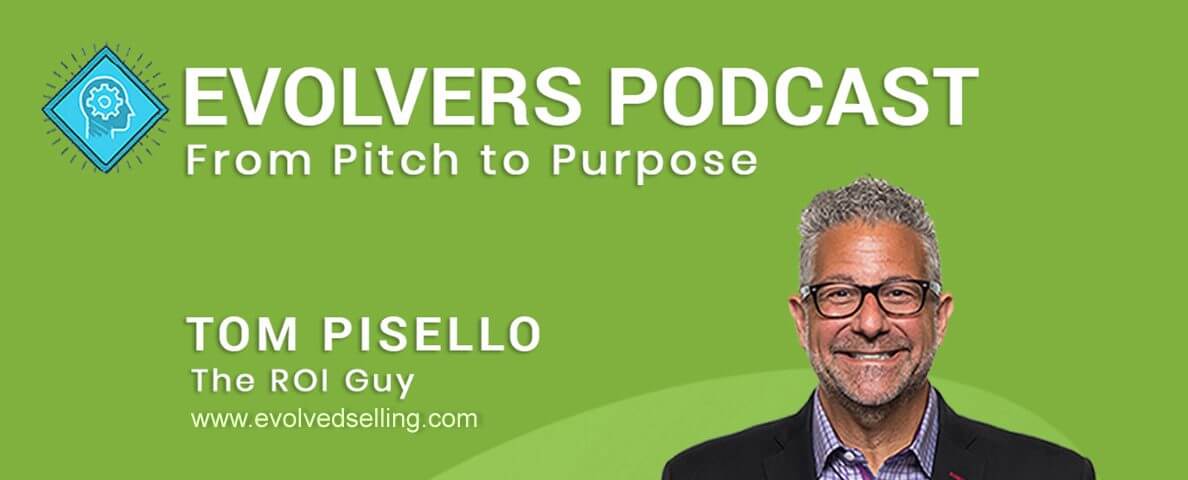 Evolvers Podcast: The Democratization of Sales Enablement? With Dan CilleyEvolvers Podcast: The Democratization of Sales Enablement? With Dan Cilley
Evolvers Podcast: The Democratization of Sales Enablement? With Dan CilleyEvolvers Podcast: The Democratization of Sales Enablement? With Dan Cilley -
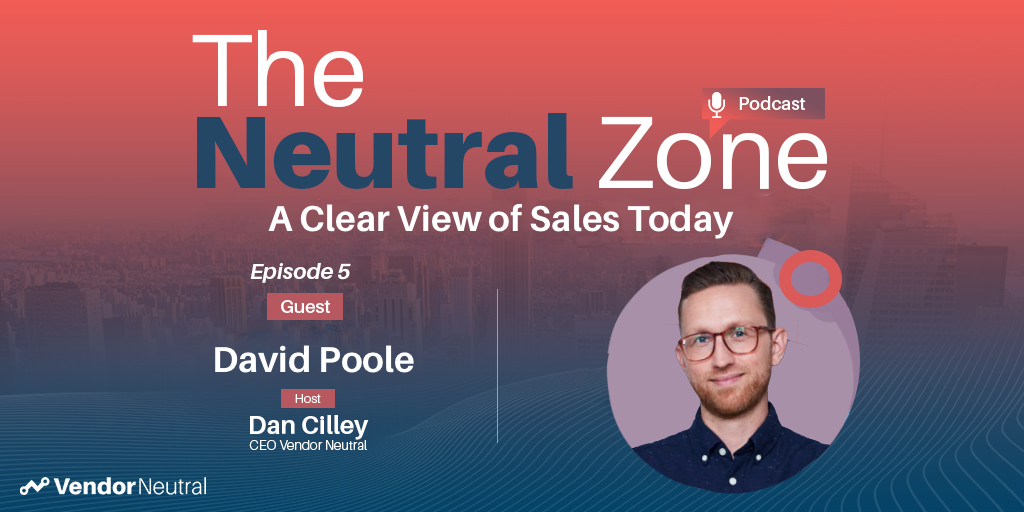 The Best & Worst B2B Technology Buying Experiences With David PooleThe Best & Worst B2B Technology Buying Experiences With David Poole
The Best & Worst B2B Technology Buying Experiences With David PooleThe Best & Worst B2B Technology Buying Experiences With David Poole -
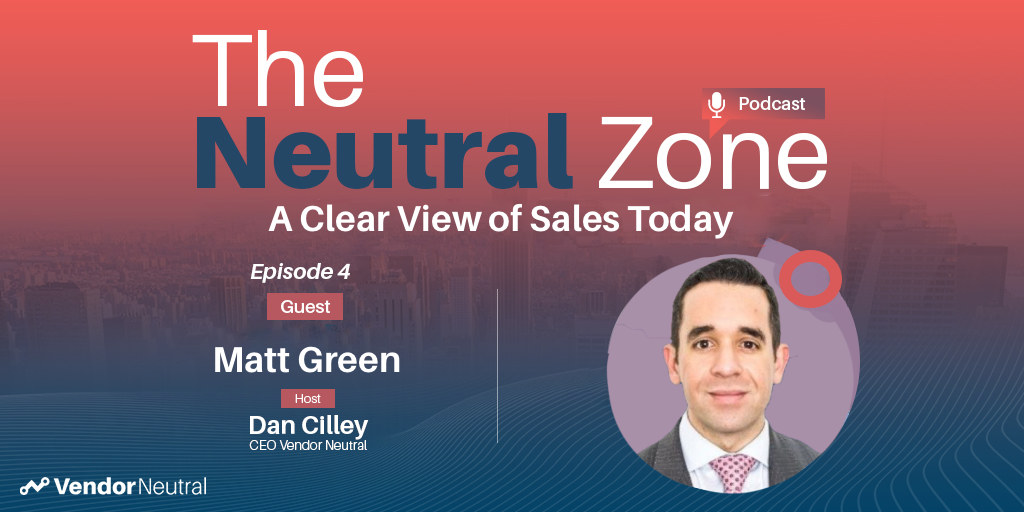 The Best & Worst B2B Technology Buying Experiences With Matt GreenThe Best & Worst B2B Technology Buying Experiences With Matt Green
The Best & Worst B2B Technology Buying Experiences With Matt GreenThe Best & Worst B2B Technology Buying Experiences With Matt Green -
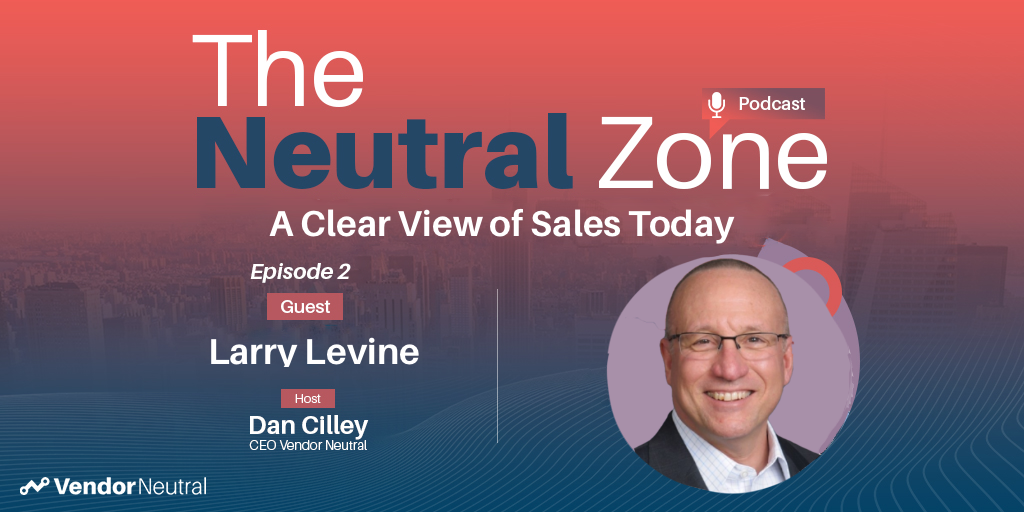 The Best & Worst B2B Technology Buying Experiences with Larry LevineThe Best & Worst B2B Technology Buying Experiences with Larry Levine
The Best & Worst B2B Technology Buying Experiences with Larry LevineThe Best & Worst B2B Technology Buying Experiences with Larry Levine -
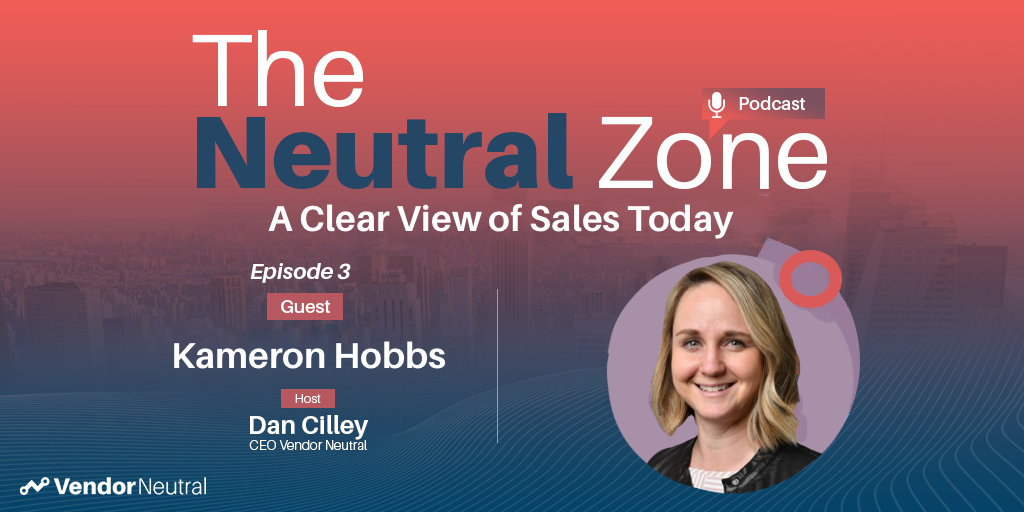 The Best & Worst B2B Technology Buying Experiences with Kameron HobbsThe Best & Worst B2B Technology Buying Experiences with Kameron HobbsVideo
The Best & Worst B2B Technology Buying Experiences with Kameron HobbsThe Best & Worst B2B Technology Buying Experiences with Kameron HobbsVideo -
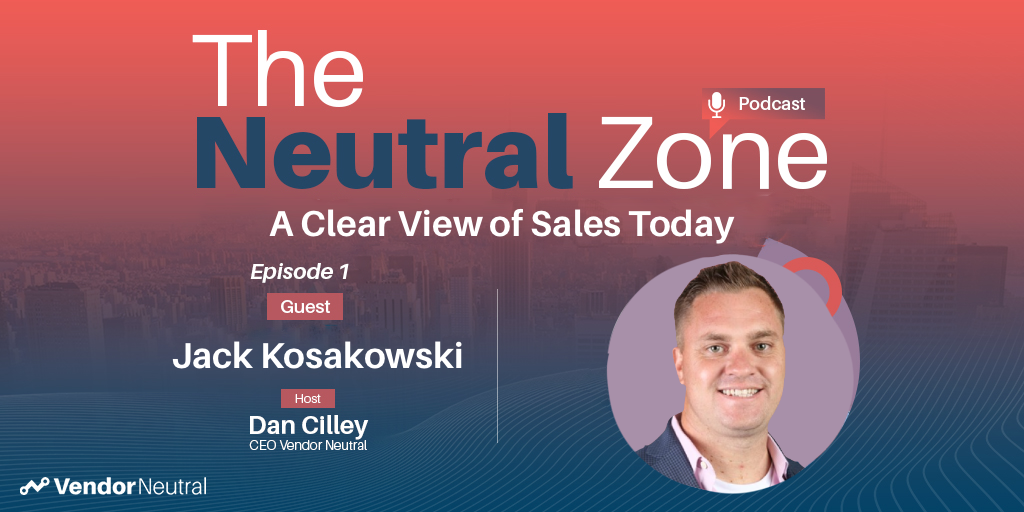 The Best & Worst B2B Technology Buying Experiences with Jack KosakowsiThe Best & Worst B2B Technology Buying Experiences with Jack KosakowsiPodcast
The Best & Worst B2B Technology Buying Experiences with Jack KosakowsiThe Best & Worst B2B Technology Buying Experiences with Jack KosakowsiPodcast
